This piece first appeared in the August 2010 issue of BluePrintReview. It was written on Day 43 of our 44-day passage from Mexico to the Marquesas, and it's part of a longer manuscript which might just see the light of day one day.
In January, Michelle was nominated for a Pushcart Prize for Almost There.
Almost There
by Michelle Elvy
We are closing in on the Marquesas. It's been over a month of nothing but blue under our keel and the steady arc of the sun and stars as they exchange places overhead in a repeated pattern of light and dark.
Tomorrow my daughters will see Fatu Hiva's lush green hills and pronounce it a perfect day, but then again, they think today's perfect, too: children live in the moment like no one else.
Which is a good lesson for us all, especially when crossing an ocean. Because out here you are alone with the rhythm of your thoughts and the ghosts of your past.
*
We scattered my brothers' ashes several years after their Cessna fell out of the sky. We met for Thanksgiving at our mother's house, my brother, sister, and I. A family out of balance, trying to find normalcy in a shattered world. The turkey was baked to perfection; the dinnertime conversation was alternately hilarious, edgy, and bitter. But we united around one thing, that two lost sons should live out eternity somewhere other than in an upstairs closet. And so we said our final farewells as we sifted their vaporized bones through our fingers into Spa Creek, around the corner from our mother's house.
I never pictured my brothers settling on a quiet street in Annapolis, and I had mixed feelings about them taking up residence there. We agreed that they should be scattered, but we had never reached a consensus about where to do it. The sea was where they spent most of their leisure time, where they had chased tuna and wahoo and marlin and sailfish. For me, anywhere in the Atlantic would do: off the Florida coast where they kept their fishing boat; off their home waters of the Narragansett; at the mouth of the Chesapeake closer to childhood memories. But schedules got in the way and years slipped by until we finally settled on something that was logistically easy for our busy lives.
An anti-climactic end, I thought.
But I've come to think it was right, after all. Ashes to ashes, returned to Nature in the waters at their mother's doorstep. I watched our mother cupping dusty dry bits of her boys in her small hands on that Thanksgiving Day and my heart broke all over again. I think of her now — passing this spot on a quick errand, glancing down the street where she kissed her palms and whispered goodbye, remembering her sons as she strolls through her neighborhood on a summer's evening — and I like knowing my brothers are there.
*
But in death, as in life, they are adventurous men and I see them wandering, too. Like me, perhaps: restless souls, or maybe just curious. I see them float out Spa Creek into the Chesapeake, past the haunts of our childhood, north up under the Bay Bridge, where they stop in Baltimore just long enough to see what became of me.
North? says Kirk, and Marc nods, Yep.
They stop in Manhattan to check in on their other little sister, a woman buried in grad school assignments and married to a boy they never knew who has brought peace into her life that makes them smile. Then they are Boston-bound, looking up girlfriends now married with kids and friends who still tell stories of two brothers as different as a mathematician and a poet could be but inseparable in life and death. They laugh at the ceaseless Big Dig, dip their toes in the chilly Narragansett and head south — down the Chesapeake again, where they putter in the Sassafrass for a day, because if you had all the time in the world, wouldn't you?
They pass Annapolis once more (Hello, Mom! calls one; Goodbye, Mom! calls the other) and then dash up the Potomac where they look in on their baby brother, who, at thirty-three, has now outlived them both (An accomplishment! says Kirk, and Marc flashes his pointy-toothed grin) and lives a musician's life that one brother won't ever understand (What the hell is post-punk? mutters Marc) and the other admires (Never mind, you old fart, teases Kirk).
They chuckle their way back down the Potomac, bantering about baroque and modern and postmodern Art, Marc still tickled at pushing buttons despite his invisible form, and Kirk giving it back because someone has to, even if they are both dust and smoke.
And then they are at the mouth of the Chesapeake, and they are making tracks now to the tropics. Kirk tips his Duke cap toward Durham when they're off the Carolina coast, and Marc shouts Yo! to the West Palm Beach fishing fleet. No time for the Gulf Stream now; they're heading to Panama, through the Canal and into the mighty Pacific — new territory.
They cheer when they cross the equator: Almost there, whispers Marc. They're gaining speed, traveling more west than south, and finally they spy in the distance a small white speck on the heaving sea.
And now here they come, to me — not blurry memories but vivid and strong. It's March 16 today, and for once I don't see my brothers in the burning wreckage of a plane, as I have done every anniversary since that spring day when metal hit mountain. On this morning I see them everywhere: from Spa Creek to the Pacific Ocean. With friends and fathers and siblings and mother. They trickle down streams and float on oceans. They drift through air and dart across time. Connected to us all, connecting us all.
It's March 16, and I'm seventy miles out of the Marquesas.
I've come three thousand miles to get here.
It's taken me fourteen years.
Today I see that all this time my brothers have been here too, right beneath my keel, willing me forward.
In January, Michelle was nominated for a Pushcart Prize for Almost There.
* * *
Almost There
by Michelle Elvy
We are closing in on the Marquesas. It's been over a month of nothing but blue under our keel and the steady arc of the sun and stars as they exchange places overhead in a repeated pattern of light and dark.
Tomorrow my daughters will see Fatu Hiva's lush green hills and pronounce it a perfect day, but then again, they think today's perfect, too: children live in the moment like no one else.
Which is a good lesson for us all, especially when crossing an ocean. Because out here you are alone with the rhythm of your thoughts and the ghosts of your past.
*
We scattered my brothers' ashes several years after their Cessna fell out of the sky. We met for Thanksgiving at our mother's house, my brother, sister, and I. A family out of balance, trying to find normalcy in a shattered world. The turkey was baked to perfection; the dinnertime conversation was alternately hilarious, edgy, and bitter. But we united around one thing, that two lost sons should live out eternity somewhere other than in an upstairs closet. And so we said our final farewells as we sifted their vaporized bones through our fingers into Spa Creek, around the corner from our mother's house.
I never pictured my brothers settling on a quiet street in Annapolis, and I had mixed feelings about them taking up residence there. We agreed that they should be scattered, but we had never reached a consensus about where to do it. The sea was where they spent most of their leisure time, where they had chased tuna and wahoo and marlin and sailfish. For me, anywhere in the Atlantic would do: off the Florida coast where they kept their fishing boat; off their home waters of the Narragansett; at the mouth of the Chesapeake closer to childhood memories. But schedules got in the way and years slipped by until we finally settled on something that was logistically easy for our busy lives.
An anti-climactic end, I thought.
But I've come to think it was right, after all. Ashes to ashes, returned to Nature in the waters at their mother's doorstep. I watched our mother cupping dusty dry bits of her boys in her small hands on that Thanksgiving Day and my heart broke all over again. I think of her now — passing this spot on a quick errand, glancing down the street where she kissed her palms and whispered goodbye, remembering her sons as she strolls through her neighborhood on a summer's evening — and I like knowing my brothers are there.
*
But in death, as in life, they are adventurous men and I see them wandering, too. Like me, perhaps: restless souls, or maybe just curious. I see them float out Spa Creek into the Chesapeake, past the haunts of our childhood, north up under the Bay Bridge, where they stop in Baltimore just long enough to see what became of me.
North? says Kirk, and Marc nods, Yep.
They stop in Manhattan to check in on their other little sister, a woman buried in grad school assignments and married to a boy they never knew who has brought peace into her life that makes them smile. Then they are Boston-bound, looking up girlfriends now married with kids and friends who still tell stories of two brothers as different as a mathematician and a poet could be but inseparable in life and death. They laugh at the ceaseless Big Dig, dip their toes in the chilly Narragansett and head south — down the Chesapeake again, where they putter in the Sassafrass for a day, because if you had all the time in the world, wouldn't you?
They pass Annapolis once more (Hello, Mom! calls one; Goodbye, Mom! calls the other) and then dash up the Potomac where they look in on their baby brother, who, at thirty-three, has now outlived them both (An accomplishment! says Kirk, and Marc flashes his pointy-toothed grin) and lives a musician's life that one brother won't ever understand (What the hell is post-punk? mutters Marc) and the other admires (Never mind, you old fart, teases Kirk).
They chuckle their way back down the Potomac, bantering about baroque and modern and postmodern Art, Marc still tickled at pushing buttons despite his invisible form, and Kirk giving it back because someone has to, even if they are both dust and smoke.
And then they are at the mouth of the Chesapeake, and they are making tracks now to the tropics. Kirk tips his Duke cap toward Durham when they're off the Carolina coast, and Marc shouts Yo! to the West Palm Beach fishing fleet. No time for the Gulf Stream now; they're heading to Panama, through the Canal and into the mighty Pacific — new territory.
They cheer when they cross the equator: Almost there, whispers Marc. They're gaining speed, traveling more west than south, and finally they spy in the distance a small white speck on the heaving sea.
And now here they come, to me — not blurry memories but vivid and strong. It's March 16 today, and for once I don't see my brothers in the burning wreckage of a plane, as I have done every anniversary since that spring day when metal hit mountain. On this morning I see them everywhere: from Spa Creek to the Pacific Ocean. With friends and fathers and siblings and mother. They trickle down streams and float on oceans. They drift through air and dart across time. Connected to us all, connecting us all.
It's March 16, and I'm seventy miles out of the Marquesas.
I've come three thousand miles to get here.
It's taken me fourteen years.
Today I see that all this time my brothers have been here too, right beneath my keel, willing me forward.












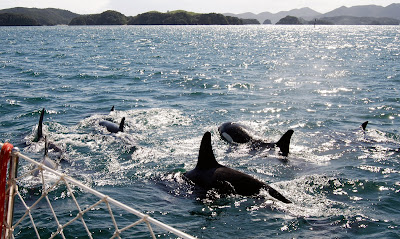








.jpg)

.jpg)
.jpg)
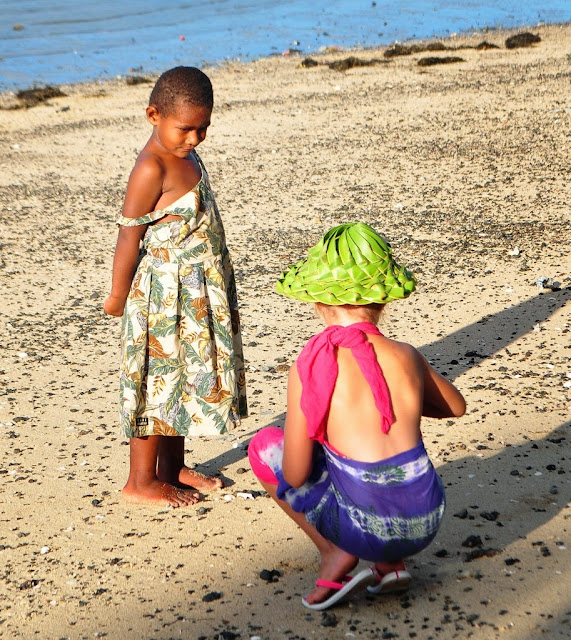.jpg)


.jpg)
.jpg)
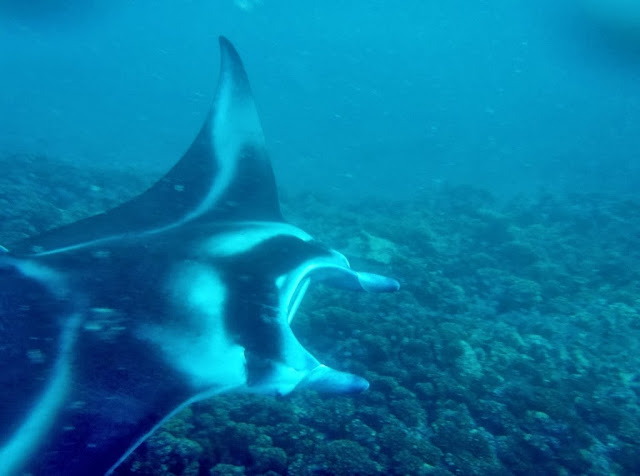.jpg)
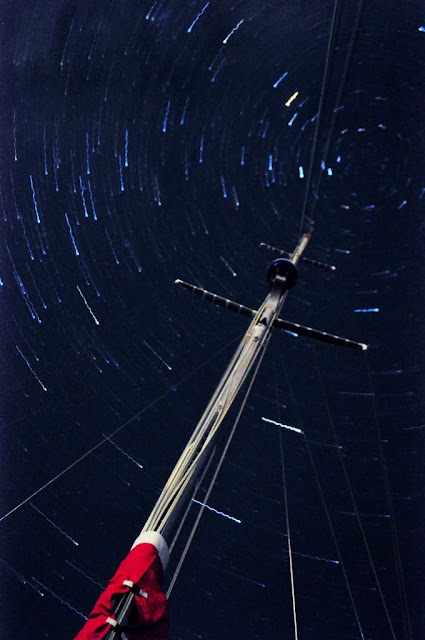.jpg)
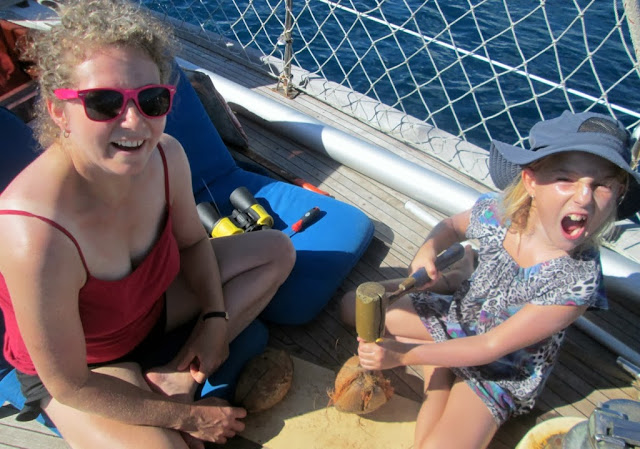.jpg)

.jpg)
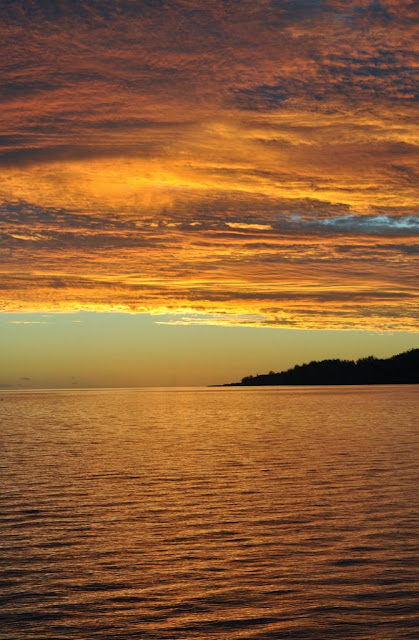.jpg)
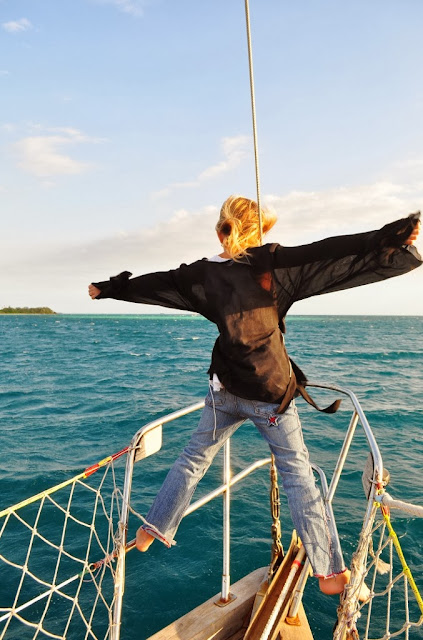.jpg)
.jpg)


.jpg)















.jpg)


.jpg)
.jpg)
.jpg)

.jpg)
.jpg)
.jpg)
.jpg)
.jpg)
.jpg)
.jpg)
.jpg)
.jpg)
.jpg)
.jpg)
.jpg)
.jpg)
.jpg)



.jpg)
.jpg)
+(2).jpg)
.jpg)
.jpg)
.jpg)

.jpg)









.jpg)











.jpg)
.jpg)
+(2).jpg)
.jpg)
+(1024x680).jpg)
.jpg)
.jpg)
.jpg)
.jpg)
.jpg)
.jpg)
.jpg)
.jpg)

.jpg)



.jpg)
.jpg)

.jpg)
.jpg)
.jpg)
.jpg)
.jpg)
.jpg)
.jpg)
.jpg)
.jpg)
.jpg)
.jpg)



















































